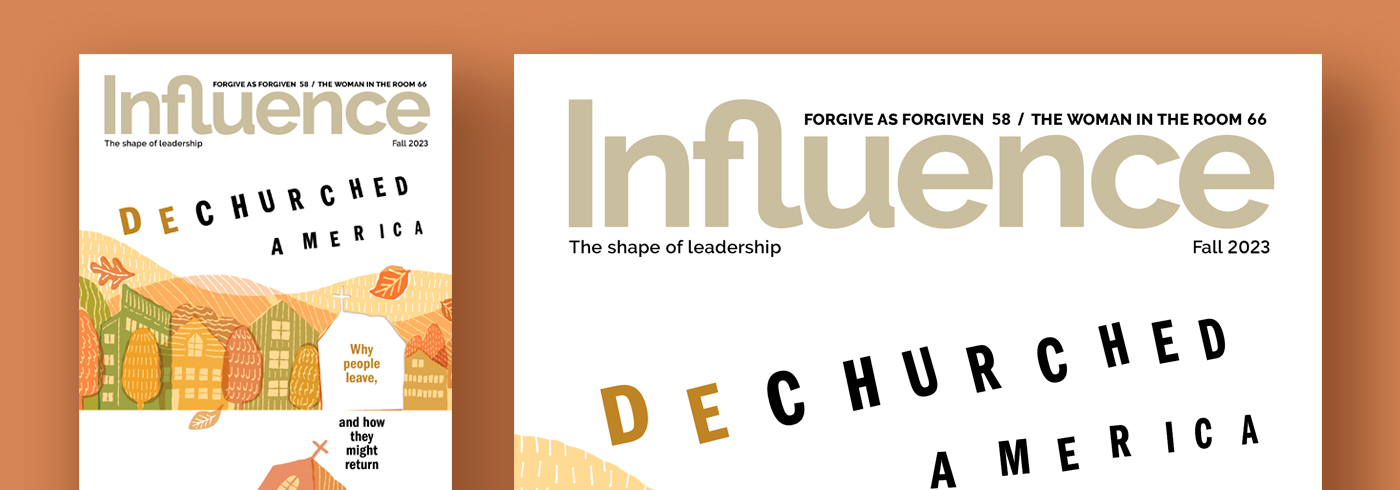Five Ways to Avoid Food Waste in Your Church Pantry
Make the most of your ministry resources
Americans waste more than $161 billion worth of food each year, according to the U.S. Department of Agriculture. When food from your church’s pantry goes to waste, it drains valuable resources. More importantly, food waste represents a lost opportunity to feed someone who could have benefited from the items in your pantry.
With 12.3 percent of U.S. households considered “food insecure” (meaning they do not have reliable access to enough food), it is critical that the Church utilize its assets strategically. June is National Hunger Awareness Month. Here are five suggestions for cutting back on food waste in your church’s food pantry ministry:
1. Organize Items by Expiration Date
As soon as you bring food into your pantry, sort it by expiration date. When you are giving away groceries, prioritize sending out foods that will expire sooner. In addition, designate a box or shelf for items you need to distribute soon, so it will be easy to locate high-priority foods quickly.
After a certain point, even if no one asks for food in the “expiring soon” box, just give it to someone.
2. Accept Little or No Fresh Food
Fresh foods are a logistical challenge, because you have less time to distribute the food and the pantry user has less time to consume it before it goes bad. Relying more heavily on canned and dehydrated foods means the food in your pantry will have a longer shelf life, and thus a lower chance of expiring before someone can use it.
Allergies and health conditions that require a certain diet can make food insecurity especially challenging.
3. Let Donors Know What People Want
Some items will be more in demand than others. Make sure people who are donating groceries know which foods will likely sit on the shelf for a while and which ones will go out the door quickly.
4. Be Conscious of Usage Times
Along with expiration dates, consider how long it is likely to take a family to go through certain items. It’s fine to hand out small or moderate quantities of basic food staples close to the expiration date. However, try to distribute large containers of food earlier.
In addition, make sure you allow plenty of time for families to consume items — such as condiments and spices — that people use infrequently or in small quantities.
5. Personalize Choices
Let pantry users select their own items, or at least list food allergies and preferences. Allergies and health conditions that require a certain diet can make food insecurity especially challenging.
Allowing people to choose their own food or add notes about their dietary requirements helps ensure you are fully meeting the needs of the people who rely on your food pantry for help.
In addition, though some people may not need a particular diet, they are less likely to eat foods they strongly dislike. By allowing people to state their wants or needs, you lower the chance that they will throw away food from your pantry once they get it home.
If you offer a list of food items for individuals to select from, make sure it reflects what you actually have in stock. You don’t want an item to expire on the shelf because no one knows to ask for it.
Diligent stewardship of resources is essential to maximizing your church’s outreach opportunities. By minimizing food waste, you can make your church’s food pantry a more effective tool for ministering to your community.
Influence Magazine & The Healthy Church Network
© 2025 Assemblies of God

